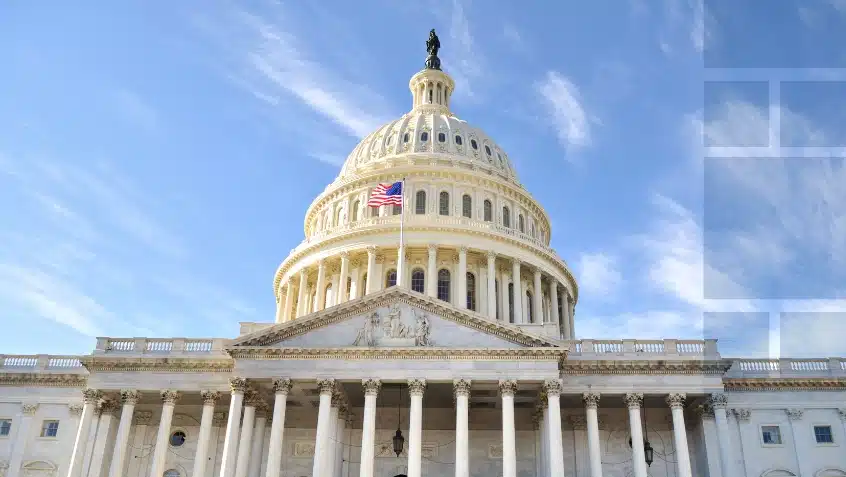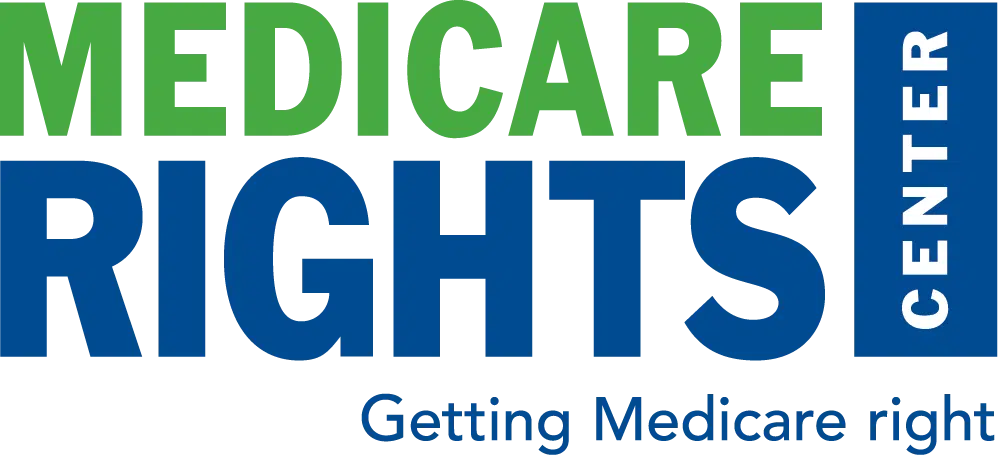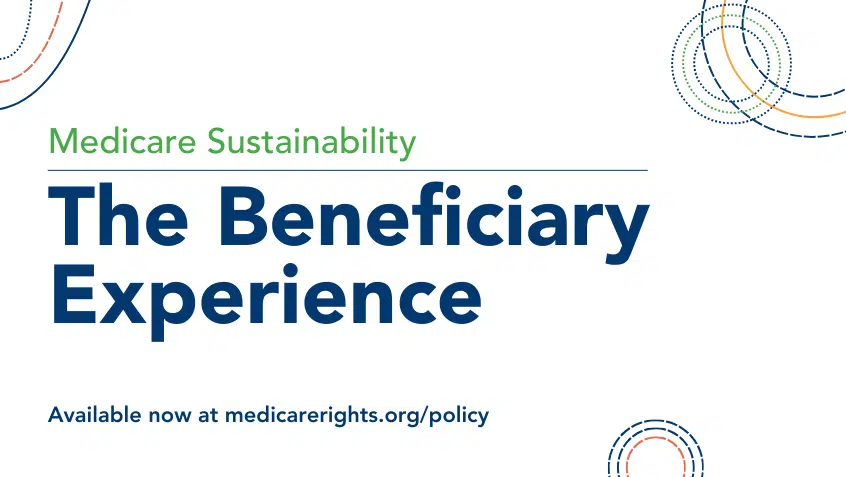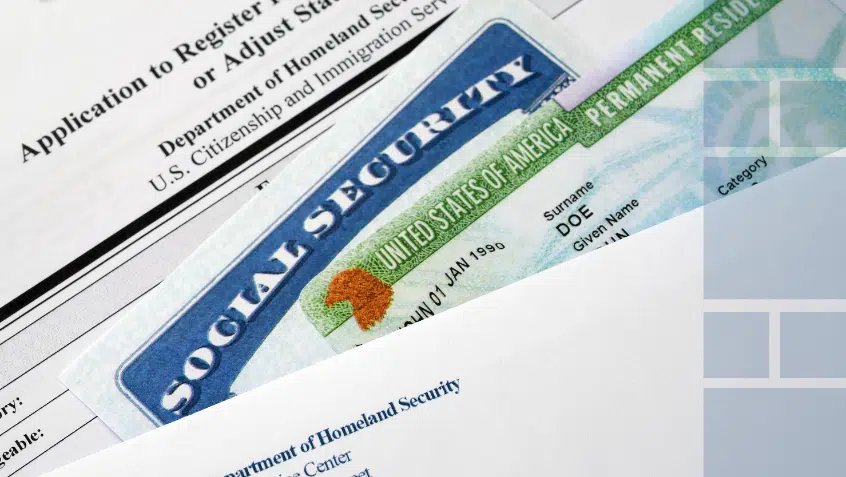Join Us Live for a Discussion on Medicare, Democracy, and the Future of Health Care
Reconciliation Bill Timeline Stretches Far Into Future, Giving Some Opportunities for Correction

On July 4, President Trump signed the damaging Republican budget reconciliation bill into law. But that does not mean each provision takes effect immediately. Instead, implementation stretches across many years, with many of the most controversial aspects timed to fall after future elections.
Below, we explore some of these timelines, focusing only on health-related aspects of the bill that are likely to impact people with Medicare. It is not an exhaustive list. The National Health Law Program and the National Academy for State Health Policy have more detailed analyses and extensive timelines for the law’s numerous provisions.
Provisions that Take Effect Immediately or in the Near Term
Denying Medicare Coverage
Upon enactment, the bill immediately limits new Medicare coverage, denying enrollment for people with lawful immigration status who have paid into the system unless they are citizens, green card holders, or are from Cuba, Haiti, or one of the Compact of Free Association (COFA) states—the Republic of the Marshall Islands, the Federated States of Micronesia, and the Republic of Palau.
The law will terminate existing coverage within 18 months for people who do not fit one of these categories and are already enrolled in Medicare. This population will also not be able to enroll in Medicaid or receive any Affordable Care Act (ACA) cost assistance.
This population will also not be able to enroll in Medicaid or receive any Affordable Care Act cost assistance.
For more information about the many immigration provisions in the law, see the National Immigration Law Center’s explainer.
Prohibiting Important Rule Enforcement
Immediately on signing, the law blocks enforcement of three rules. Two of the rules made it easier for people to get and keep Medicaid and Medicare Savings Program (MSP) coverage by streamlining those systems. The Congressional Budget Office (CBO) projected that without these modernizations in place, nearly 1.4 million low-income people with Medicare would lose out on MSP coverage despite still being eligible. People with Medicare who struggle to enroll in or retain Medicaid or MSPs face lower Social Security checks, higher costs for coverage and prescription drugs, and less access to care.
The law also immediately blocks enforcement of the nursing home staffing rule that required nursing homes to have adequate staff on site to protect the health and safety of residents.
Automatic Medicare Cuts
By ballooning the national deficit, the law is set to trigger $500 billion in mandatory Medicare cuts over the next decade—including a $45 billion reduction next year alone—unless Congress steps in to prevent them.
After the 2026 Mid-Term Elections
Medicaid Work Reporting Requirements
One of the most controversial aspects of the law, the provision that requires states to establish and enforce work reporting requirements for people covered through expansion Medicaid, goes into effect on January 1, 2027, right after the 2026 midterms. Most people covered by expansion Medicaid work or fall into one of the statutory exemptions, but this provision is likely going to kick many eligible people out of coverage because they will struggle to provide the right paperwork and meet arbitrary, repeated, and overly strict deadlines.
Limiting Retroactive Medicaid Coverage
On January 1, 2027, the new law reduces retroactive Medicaid coverage, making it more likely that people will face periods of non-coverage. It will drop from from 3 months to 1 for the expansion population and from 3 months to 2 for people with traditional Medicaid. This means new enrollees may be stuck with unaffordable medical bills they incurred when they were eligible for Medicaid but had not yet applied. It also means providers, in particular hospitals, may end up on the hook for uncompensated care.
Requiring Twice Yearly Redeterminations for the Expansion Population
Expansion Medicaid enrollees currently have to undergo onerous redeterminations every 12 months. Starting January 1, 2027, this burden will grow significantly—they will face twice yearly redeterminations. This will increase churn and uninsurance rates as people who are still eligible struggle to provide the paperwork.
Long-Term Changes
Some of the bill’s most significant funding changes take effect gradually but are likely to lead to devastating Medicaid changes at the state level. This includes limitations on how states can use provider taxes to help cover Medicaid costs and state-directed payments to bolster Medicaid providers, as well as policies that will further damage the direct care workforce.
Funding Cuts Triggering Loss of Optional Services like HCBS
Because the bill shifts Medicaid costs to states that are already stretched thin, many or all states may be forced to cut optional Medicaid services or eligibility. Of particular concern are the Home- and Community-Based Services (HCBS) that allow people to age in place safely. HCBS services, like daily direct care workers attending people in their homes, are an optional set of benefits that states can choose not to cover. They are therefore likely to be on the chopping block, as they have been in the past.
This means that people who need that level of care may be forced instead into institutions because they cannot live safely in their homes and communities without the supports HCBS offers.
Unlike HCBS, nursing home coverage is mandatory for states. This means that people who need that level of care may be forced instead into institutions because they cannot live safely in their homes and communities without the supports HCBS offers. Troublingly, without the nursing home staffing rule discussed above, this care may also be less safe.
Rural Hospitals
Rural hospitals in particular are at risk, due to the law’s direct cuts and its ripple effects. States will be less able to bridge existing gaps in Medicaid funding, a gulf that will widen as further cuts take effect. These growing shortfalls, coupled with higher costs due to soaring uninsured rates, are likely to devastate rural communities.
Undermining Direct Care Workforce
As money is squeezed out of Medicaid, direct care workers will be severely affected. This workforce is already short-handed as years of low pay and long hours take their toll. Many of the workers are also covered by Medicaid, meaning the red tape and administrative traps highlighted above are likely to directly impact their own access to affordable care.
Anticipating Opportunities for Advocacy
As these and other changes take effect, advocacy and engagement remain critical. At Medicare Rights, we anticipate opportunities to impact implementation at both the state and federal levels, and we remain committed to doing so in ways that prioritize the health and well-being of current and future Medicare enrollees.
Show Comments
We welcome thoughtful, respectful discussion on our website. To maintain a safe and constructive environment, comments that include profanity or violent, threatening language will be hidden. We may ban commentors who repeatedly cross these guidelines.
Help Us Protect & Strengthen Medicare.
Donate today and make a lasting impact.
The Latest
Most Read
Add Medicare to Your Inbox
Sign up to receive Medicare news, policy developments, and other useful updates from the Medicare Rights.
View this profile on InstagramMedicare Rights Center (@medicarerights) • Instagram photos and videos










One Comment on “Reconciliation Bill Timeline Stretches Far Into Future, Giving Some Opportunities for Correction”
Michael OConnell
July 17, 2025 at 10:39 pmFrom the Article “The law also immediately blocks enforcement of the nursing home staffing rule that required nursing homes to have adequate staff on site to protect the health and safety of residents.”
Because of more burden of costs on states: It is likely that “HCBS services, like daily direct care workers attending people in their homes, are an optional set of benefits that states can choose not to cover. They are therefore likely to be on the chopping block, as they have been in the past.”
Forcing the elderly into a lower quality of life environment of a nursing home at much higher cost, rather than supporting them staying in their homes at a much higher quality of life for less cost…. simple makes no sense, if the action is meant to lower cost. If lower cost and higher Quality is really the goal then HCBS services should be funded at even a higher level, which in the end, will lower over all cost and take some pressure of nursing homes.